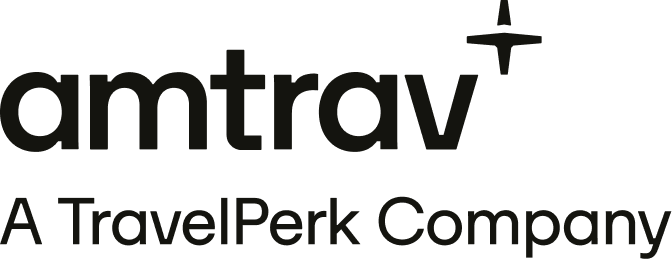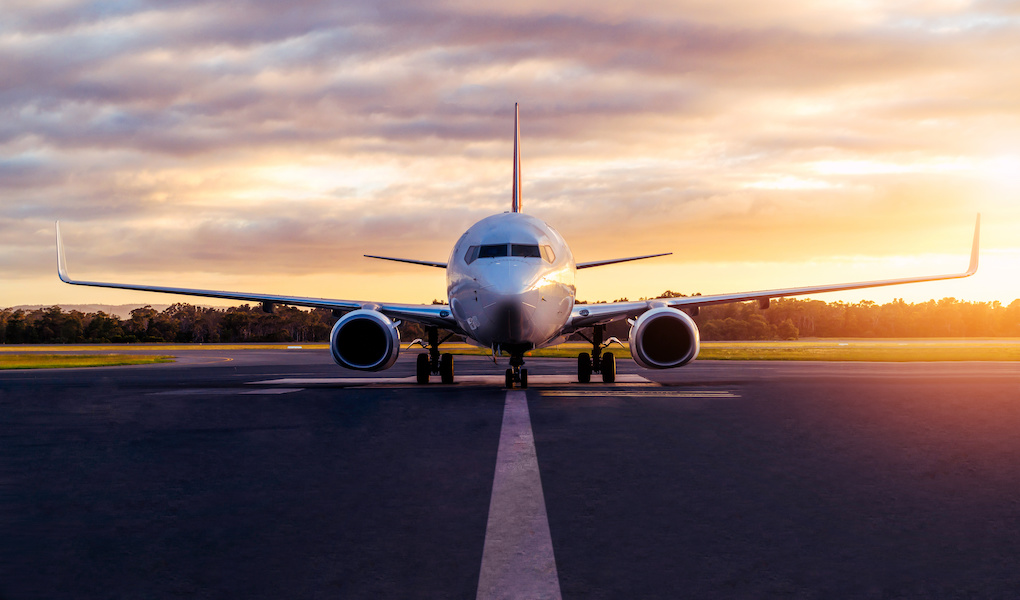AmTrav recently studied a large number of airfares ‒ over 917 million of them ‒ to understand how prices move, and to help your business get the most out of your corporate travel budget. With most of the airlines eliminating change fees in the past year, should businesses be rethinking how far in advance to book flights as their travelers get back in the air?
We've had a strong hunch what the answer is, but in order to prove it out we crunched the numbers. With those insights, we think we can offer some advice that can help stretch your travel budget.
How airfare prices change over time for business travel
The 917 million daily fares we analyzed spanned 8,029 markets and covered every travel day in the past year. While this most recent data collection spanned an unusual year because of the Covid-19 pandemic, the trends align with other years we’ve studied. Here’s what we found:
From the time a flight is first offered for sale to the time the flight takes off, the airfare for a domestic flight changes, on average, 69 times. Each time it changes, the lowest fare moves on average by $38.83.
At their earliest point, almost a year before travel, prices tend to be higher and slowly draw down until they begin to rise and then spike up close to departure. This is pictured in the image below:
We’ve overlaid the chart of fares with color coded regions where most business travelers book trips:
- Green Zone (60-21 days in advance)
Prices for business travel are generally low in the Green Zone. On average, within 5% of their lowest point.
- Yellow Zone (20-14 days in advance)
While average prices modestly increase, the Yellow Zone is still a great place to book a business trip, if you know your plans.
- Light & Dark Red Zone (<14 days in advance, spiking again 6 days before departure)
Prices jump. In the Light Red Zone, the average low fare increases $55. In the Dark Red Zone, an additional $86, for a total of $141 above the Yellow Zone. Many business trips must be booked in the Red Zone, but plan a little earlier when you can.
Fares, on average, increase at each of these steps.
We also put a marker at 13 days before departure. Among AmTrav clients, that’s the average advance purchase for a trip.
Unsurprisingly, business travelers tend to book in the windows closest to departure and realistically, will continue to do so. But if we look at these patterns, there are clear strategies you can use to maximize your travel budget, without significant or unrealistic change to employee behavior.
The best time to buy flights for business trips
First, whenever possible, aim to book business travel in the Green or Yellow zones. In particular, do this for events that are planned, scheduled and detailed in advance.
While many categories of business travel are on hold pending pandemic recovery, common examples in normal times include your national sales team meetings, internal training events, and major conferences. Most of these can be booked in advance of the highest priced zones, and with the elimination of most airline change and cancellation fees, there’s not much to lose ‒ you’ll keep the value of your booking even if you have to change it.
Many other business trips are unpredictable, and often planned with clients, partners and others on short notice. In those cases, you will most likely book near or in the Red zones. There, when possible, simply try to be ahead of the spikes that typically occur at 6 and 13 days prior to departure. Each time you avoid a spike you save money on business travel and get more out of your corporate travel budget, and that will add up over time.
How airfares impact your corporate travel budget
Let’s take an example of a company with 1,000 travelers. Let’s further assume travelers take on average 6 trips per year (some individuals will take far more, and some fewer) for a total of 6,000 annual trips.
It’s likely that at least 1/4th of those trips are planned and known in advance. That’s around 1,500 trips.
In the Red zone, a domestic roundtrip flight for a business trip has an average lowest fare of $406. In the yellow zone, going to the same markets, it averages $265.
If we apply the savings of avoiding the Red zone on just that subset (1/4th) of business trips, that alone will free up $211,500 in your corporate travel budget to use on something else.
What business leaders and corporate travel budget managers should do
We don’t suggest hard, inflexible rules that can hinder the productivity of your organization. After all, saving $100+ on an itinerary is nice, but not at the expense of unhappy employees or losing a sale. Instead, we suggest a softer approach that encourages planning for known events sooner.
Here are some recommendations:
- Let your travelers know that you recommend they book travel earlier, when possible. Let them know about the airfare savings cited in this study.
- Include a custom message or notification in your company travel tools encouraging earlier booking. You can also flag anything under 7 days, and above a certain amount, to require approval.
- Encourage the booking of travel with a simple call to action button or link to your online booking tool (like AmTrav’s a2b) directly in your internal updates about future meetings, conferences, and events.
- When arranging any large travel events for your employees, make it a goal to get people booked and confirmed earlier.
- Set up a report in your online booking system that shows how many of your employees have booked their travel to a particular event.
- If an employee books at the last moment for one of these long-planned trips, approve it, but remind the employee to plan in advance the next time.
These things just require a little planning, don’t cost anything to do, and can help you save on airfare to maximize your travel budget without losing productivity.
Keeping it in perspective - your business travel drives business results
The purpose of conducting this airfare research, measuring the financial impact, and sharing our recommendations is to arm you with more information about airfares to benefit your travel budget and company travel policy. More broadly, your team travels for business because it gets results ‒ it builds teams, and it connects you with prospects, customers, and partners. Business travel often drives your growth and sales.
We always want these to be the number one priorities, and along the way we want to help you uncover savings and manage your travel program in a way that maximizes safety, your budget, and the happiness of your employees.
More advice for your business travel program
If you’d like to discuss more ways to maximize your corporate travel budget, your travel policy, how to find savings, enjoy better online and mobile booking tools, or how to keep your travelers safe, happy, and productive, we’re always ready to help.
Greg Samson





